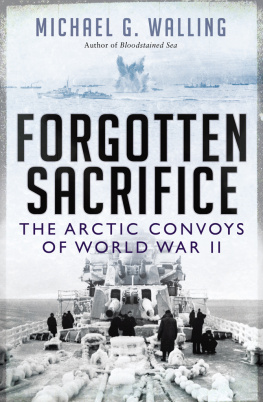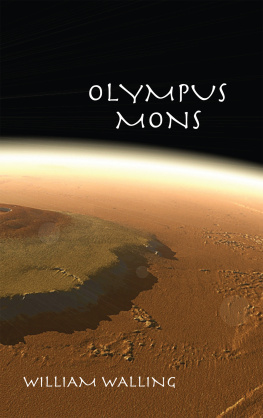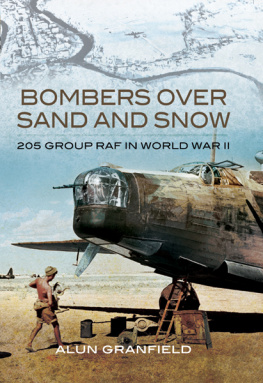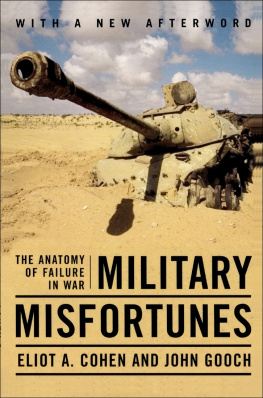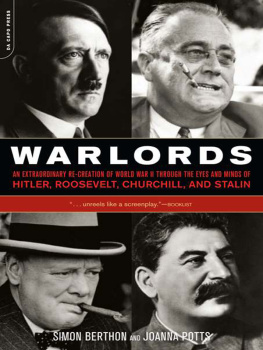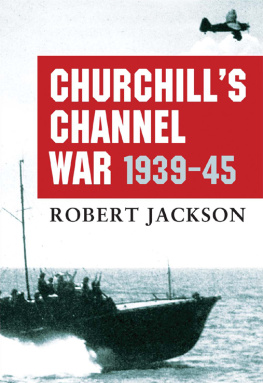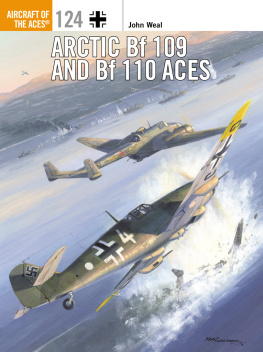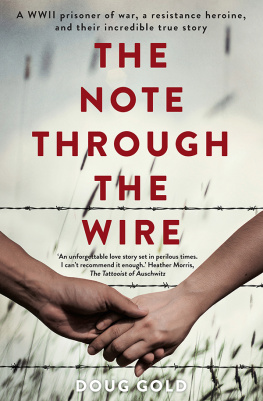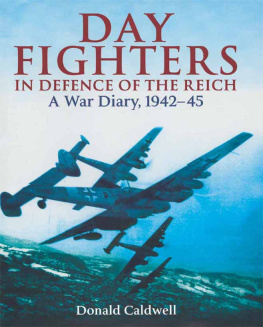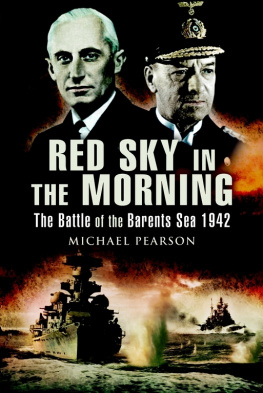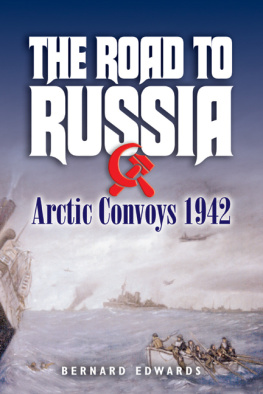FORGOTTEN SACRIFICE
THE ARCTIC CONVOYS OF WORLD WAR II
MICHAEL G. WALLING
Acknowledgements
I am indebted to many people from many countries who gave their unstinting support for this most unusual project. First among these is my friend and mentor, Anatoly G. Uvarov in St. Petersburg, Russia. He arranged an exceptional itinerary for my research trip to that wonderful city, access to the Russian Naval Archives and State Library, and arranged for the excellent services of Maxim D. Melnikov as guide and interpreter. Maxim, a student at Herzen State Pedagogical University of Russia, effectively acted as my aide-de-camp, ensuring all went smoothly with interviews and getting around his city. A. Uvarov also arranged interviews with two remarkable veterans, Konstantin Sergeev and Israel Levinson.
Yelena V. Smirnova and Eric Johnson at the U.S. Consulate were very helpful and supportive during my visit. I am grateful for their support and assistance.
While in St. Petersburg, the members of the Polar Convoy Club, Juri Alexandrov, Anatoly L. Lifshits, Valentine V. Dremlyuga, V. V. Shehedrolosev, and Igor Kozyr graciously provided access to their remarkable collection of material and personal memories. Lifshits and Dremlyuga presented me with copies of their autobiographies, which have been a great help. Ludmilla V. Poljakova provided copies of the material as needed and also presented me with a signed copy of the Polar Convoy Club book Polar Convoys in Photos and Statistics.
My three-week Russia trip also included four days in Murmansk. There, Natalya K. Galeeva and Ekaterina V. Kate Yermolina of Gymnasium 9 were my hosts. Kate was my guide and interpreter, taking time off from her teaching duties to do so. These two remarkable women arranged for me to meet with Valentina I. Karepova, director of the Murmansk Shipping Company Museum. Karepova told me of Murmansk Shipping Companys history during the Great Patriotic War. While at the museum, I had the opportunity to interview three veterans: Alexander N. Kurganov, Vilen I. Astashin, and Yevgraf Y. Yakovlev. Each one served as a Ships Boy during the Great Patriot War when they were in their early teens.
Also from Russia is Michael Suprun, who helped me with Russian sources about Lend-Lease and contacts with Russian authors.
Tony Cooper in the United Kingdom sent copies of thousands of documents from the British Naval Archives and, in many long conversations, helped me identify the most valuable ones for my research. Alan Blyth shared the letters from British veterans he corresponded with over the years regarding their experiences in the convoys. Nick Hewitt was kind enough to allow me to use material from his terrific paper Guns in the Night HMS Belfast and the Battle of North Cape, 26 December 1943.
From New Zealand, Chris King, president of the Russian Convoy Club of New Zealand, sent me his personal recollections of the convoys and granted permission to use articles from the clubs newsletter.
Closer to home, George H. Evans in Canada sent me an autographed copy of his book Through the Corridors of Hell along with permission to use material from it. My good friend Dave Campbell in Nova Scotia spent hours with me on Skype evaluating my approach to the project, which helped me to avoid losing my focus. He also provided reassurance that I would get through this.
In the United States, John L. Haynes, a U.S. Naval Armed Guard veteran, autographed and sent me a copy of his book Frozen Fury, the Murmansk Run of Convoy PQ-13 with his permission to use his memories as part of my work. Charles A. Lloyd, chairman and secretary treasurer of the U.S. Naval Armed Guard Association, assisted in locating information about U.S. Naval Armed Guard veterans and allowed me to use information and stories from the Associations magazine The Pointer.
The project would never have been conceived or written without my terrific Osprey editor Kelli Christiansen. It was her interest, great editing skills, and insights that helped make the project great fun.
I owe the most to my wife Mary, who has been my major supporter and cheerleader for yet another book. I dont have the words to express how deeply I love her.
Contents
CHAPTER 1
BRIEFING
T he words Murmansk Run conjure visions of ice-laden ships and thoughts of freezing to death in minutes. Formally this was the Arctic Convoy run, fought primarily between three countries: Britain, the Soviet Union, and Germany. Numerous other forces also joined the convoys, including those from the United States, Canada, France, Holland, and Norway, and even as far away as Panama and India.
For five years, thousands of men and women from these countries and their allies battled ferociously in the coldest corner of hell on earth. Some fought for survival and some to help others survive, while many fought to crush their enemies. It was war without mercy. If manmade death didnt get you, the Arctics weapons of ice and cold would. These natural weapons killed regardless of whose side you were on or how just was your cause. No one escaped unscathed the conflicts bitter essencean essence distilled from fear, anger, killing lust, courage, self-sacrifice, and agonizing death, mixed with blood-stained, oil-tainted water.
Before we start this voyage into the heart of terror, death, and heroism, well first take a look at convoys, convoy escorts, the threats to the convoys, intelligence, the geopolitical landscape, and other related information.
CONVOYS
A convoy is two or more naval auxiliary vessels, merchant vessels, or both, assembled and organized for an operation or passage together; or a single naval auxiliary vessel or merchant vessel under escort of one or more warships.
Ships are the only way to move large amounts of material across an ocean. In peacetime, they sail alone and follow well-established routes between ports. The best way to protect merchant ships during war is to travel in a convoy with a screen of escorting warships for protection.
Going to sea any time is dangerous. Storms, ice, and fog, along with the risks of fire, mechanical breakdown, or collision await a ship. Crippling or fatal injuries are the penalties for a moments inattention. War brings the added dangers of being torpedoed, bombed, or attacked by gunfire, or destroyed by a mine.
The best way to protect merchant ships is to gather them into a convoy. This way, fewer escorts can protect more ships at one time. However, convoys draw submarines, predatory aircraft, and enemy warships, increasing the danger. An analogy is a herd of sheep protected by sheep dogs. Trouble comes when there are too many predators and not enough sheep dogsunless youre one of the predators.
History
The concept of convoying merchant ships in wartime dates back to the First Punic War between Carthage and Rome during the third century B.C. In England, convoys under the command of a naval officer were first employed by Edward III in the mid-1340s. During the following centuries, merchant convoys were employed during war or to protect against attacks by pirates in the Mediterranean Sea. When the threat was gone, the convoy system was abandoned. This was the case for England from the end of the Napoleonic Wars until well into World War I.
From August 1914 to November 1918, the first generation of German U-boats (Unterseebooten) sank 5,798 merchant ships. The losses threatened to starve Britain into submission. It wasnt until 1918, almost at the wars end, that the British Admiralty established convoys. That bitter lesson wasnt forgotten when World War II began in September 1939 and the Royal Navy immediately instituted a wide-ranging system of convoys.

